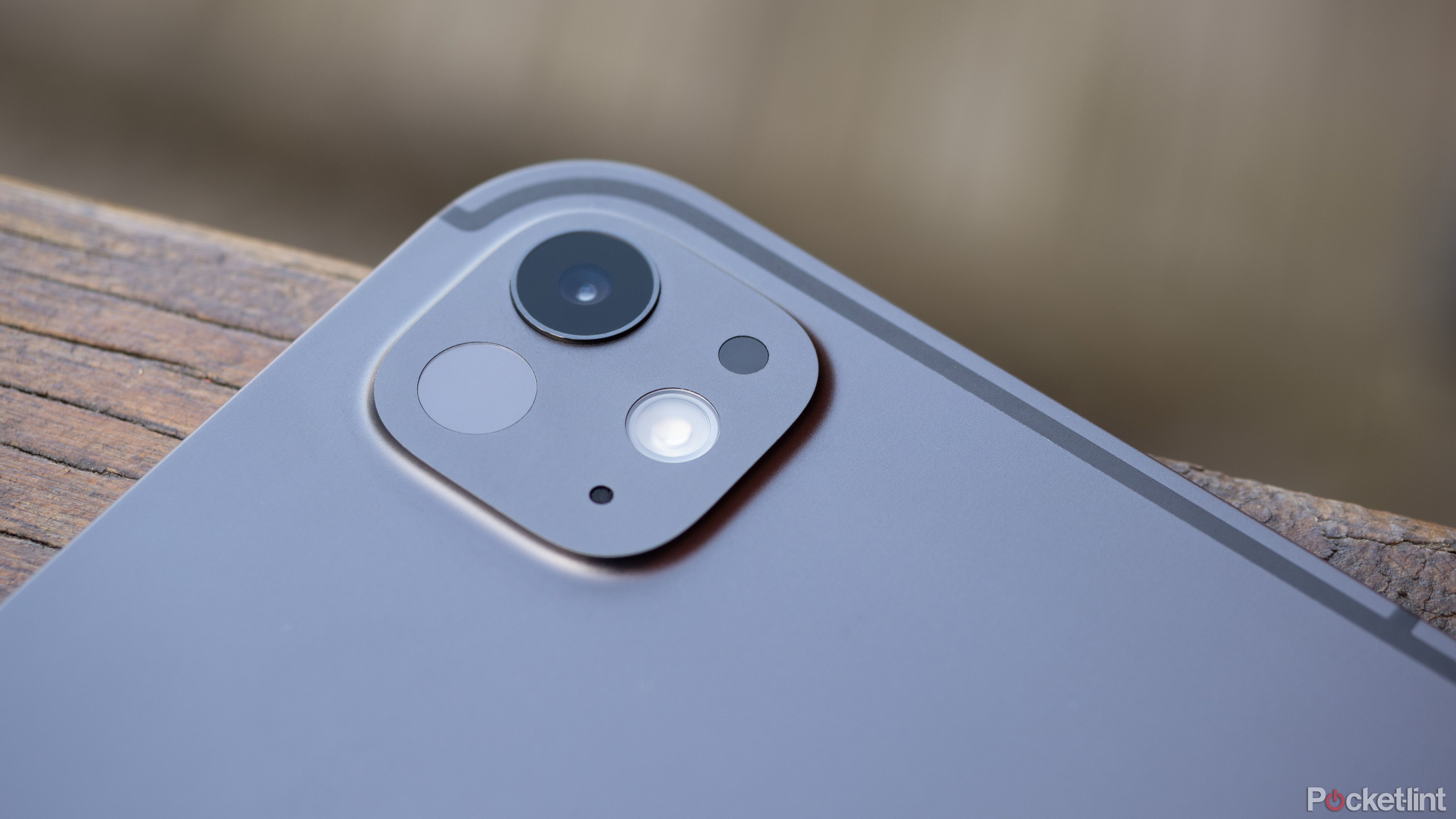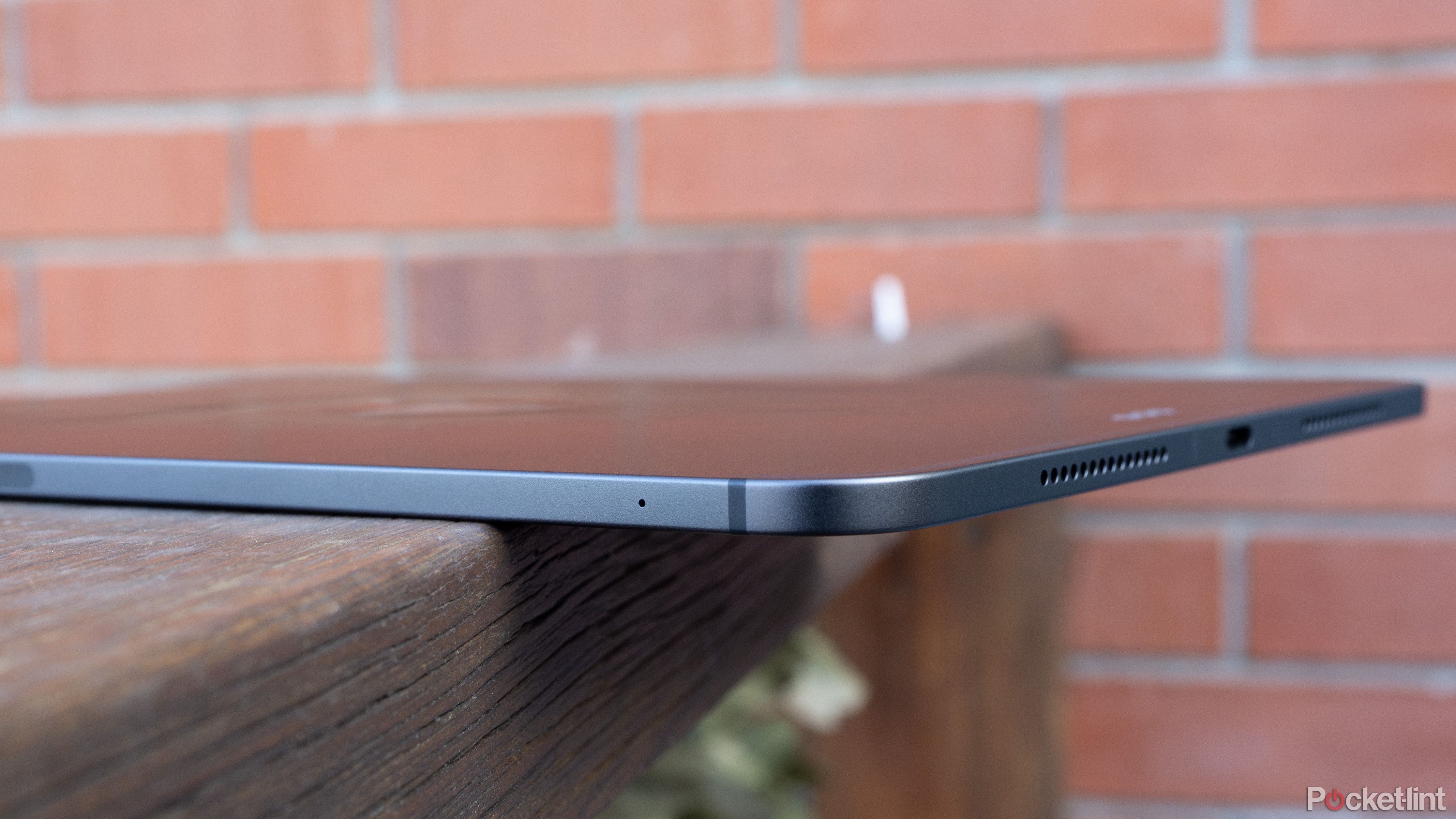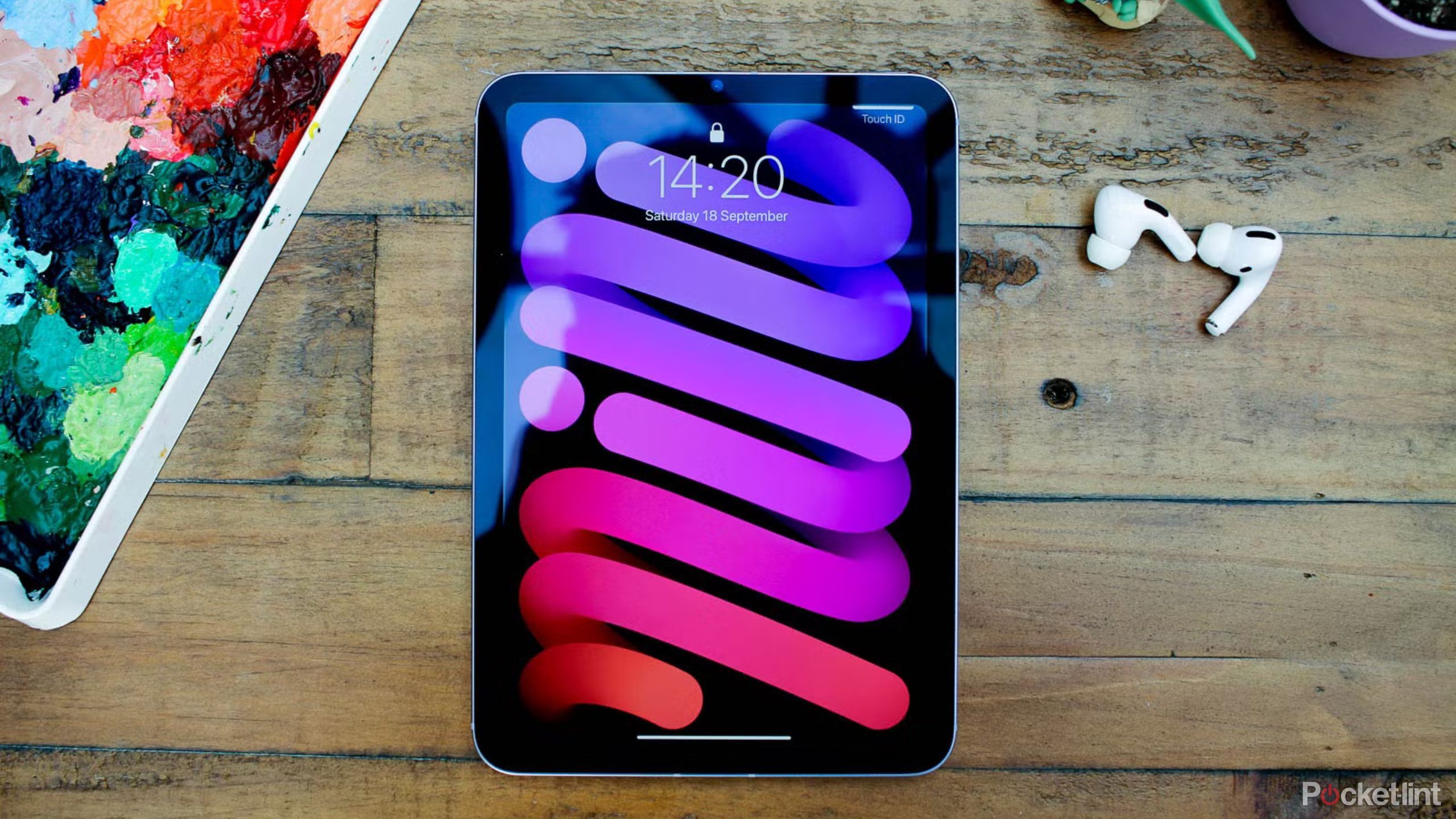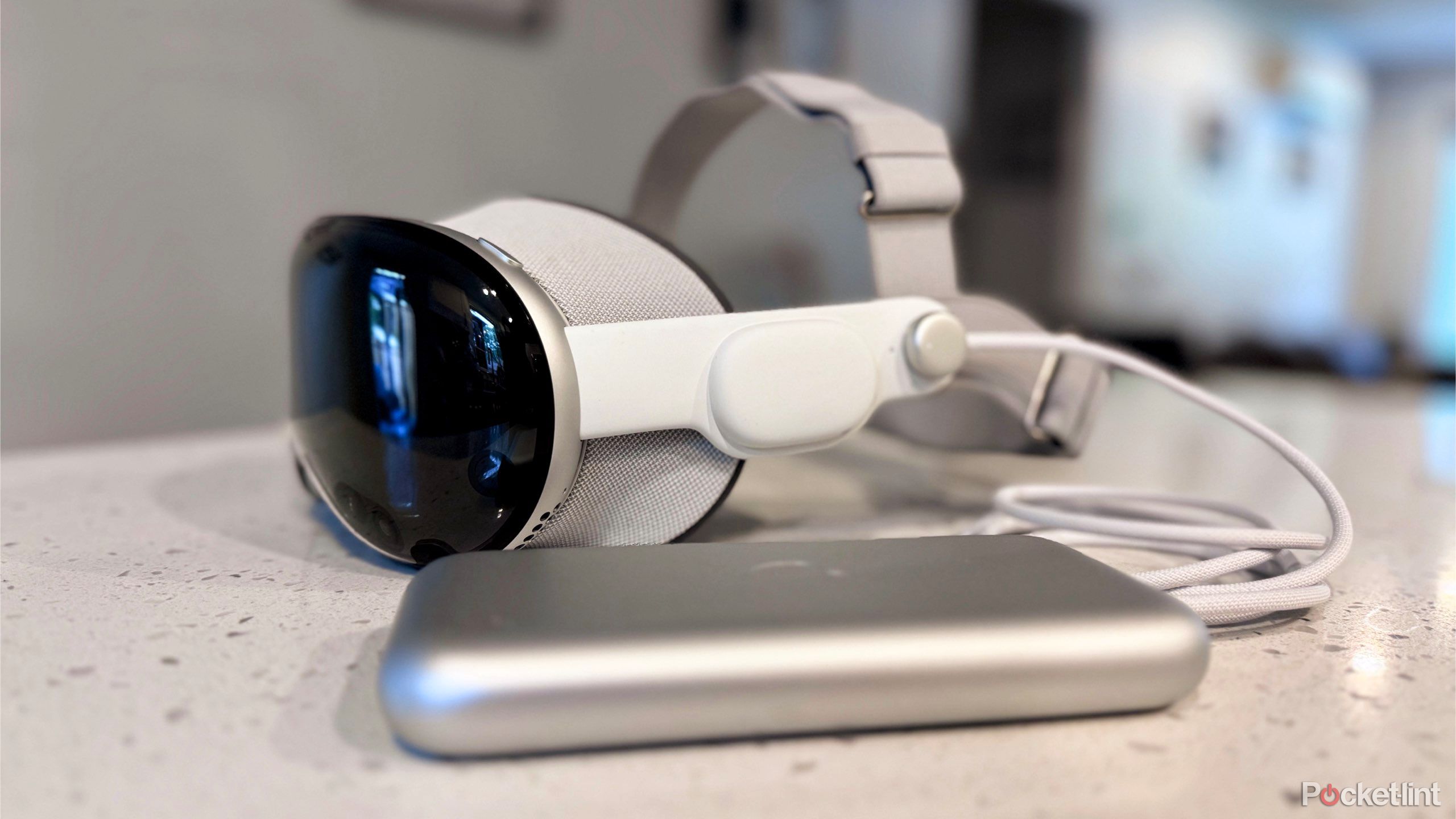Key Takeaways
- The iPad Pro line showcases the very best of Apple from a hardware perspective.
- Its operating system, iPadOS, hasn’t evolved rapidly enough to match up with concurrent hardware advancements.
- Apple needs to reevaluate iPadOS, in order to make the iPad Pro a proper value proposition.
Apple first introduced us to its iPad Pro line back in 2015, at a time when the tablet computer landscape was in a very different place. This was before iOS was forked into a dedicated OS for the iPad, and before mobile chipsets began to give laptop processors a proper run for their money.
A lot has changed for the iPad Pro in only a short period of time — we now have models that ship with the same Apple Silicon found in the MacBook Air, a dedicated windowing mode in the form of Stage Manager, and, yes, even a calculator app.
However, even with these undeniable advancements to the product line, the iPad Pro continues to be a difficult tablet to recommend to all but the most ardent Apple loyalists. Mobile-first hardware is no longer a bottleneck, but iPadOS holds back the iPad from exercising its potential.
Related
Why there’s never been a good time to get an iPad Pro
Despite its powerful hardware, the iPad Pro is hard to justify — it’s own operating system is holding it back.
Setting the stage (manager) for Pro-level iPads
Initially, the iPad Pro started off on shaky ground
When the very first iPad Pro came to market, I struggled to understand its appeal. It was large and unwieldy, and its pricey bespoke Smart Keyboard accessory felt superfluous to the tablet experience. Most consequentially, the iPad Pro ran a scaled up version of iOS — Apple’s iPhone operating system.
This strategy of a mobile-first software experience played a critical role in cementing tablet computers as a genuine product category.
This strategy of a mobile-first software experience played a critical role in cementing tablet computers as a genuine product category. Apple’s decision to ship the original iPad with iOS as opposed to macOS was the right call, in retrospect. The iPad provided a streamlined user interface that made content consumption more pleasing than on either a smartphone or a laptop.
Unfortunately, this interface paradigm simply didn’t scale for productivity-based computing workloads. The company’s arch-rival Microsoft seemingly had a leg up, shipping its own Surface Pro tablets with full-fat Windows and all its desktop OS glory. And so, Apple began to rapidly evolve the iPad Pro experience — until it didn’t.
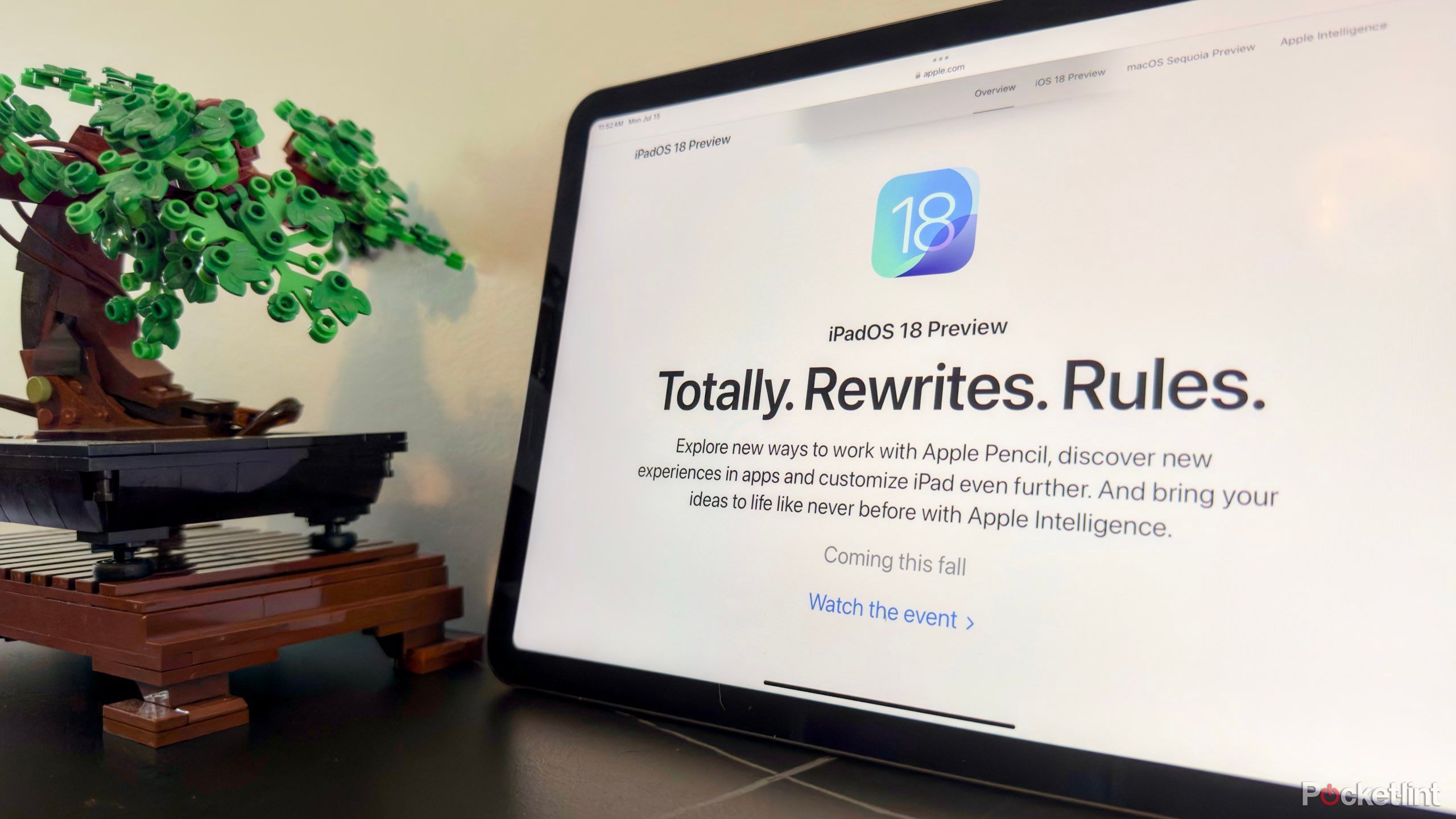
Related
iPadOS 18’s public beta offers a minor update, but these 6 new features are still great
Apple’s latest iPadOS update might not be as revolutionary as some hoped it would be, but it still offers a few notable new features
All the groundwork has already been laid
Apple needs to take another step of ‘courage’
The iPad Pro’s hardware rapidly evolved — we got thinner, uniform bezels, seriously speedy processors, 120Hz refresh rate displays, Thunderbolt 4 USB-C connectivity, impossibly thin chassis, and much more.
In the intervening time, iPadOS has also evolved, but not nearly to the same extent. Additions such as a native mouse cursor, Stage Manager app windowing, broader USB peripheral support, and more are all appreciated and necessary software improvements. Unfortunately, this rate of innovation has plummeted over the past couple of iPadOS software generations.
This is a problem because Apple has gone 90% of the way to making iPadOS a viable ‘pro’ computing platform, but hasn’t taken the final steps to solidify its commitment to the category. All the groundwork is in place, but small iOS-isms hamper the broader computing experience.
Apple has gone 90% of the way to making iPadOS a viable ‘pro’ computing platform, but hasn’t taken the final steps to solidify its commitment to the category.
I can only imagine that Apple is dragging its feet for the sake of avoiding MacBook cannibalization, but the end result is distressing: an expensive M4 iPad Pro that can’t play audio from two sources simultaneously. Apple is no stranger to cannibalizing its own products, having wiped its own iPod product line off the map for the sake of the iPhone. The company needs to harness the same ‘courage’ it’s had in previous years, and fix iPadOS once and for all, even if it means stabbing the Mac in the back.
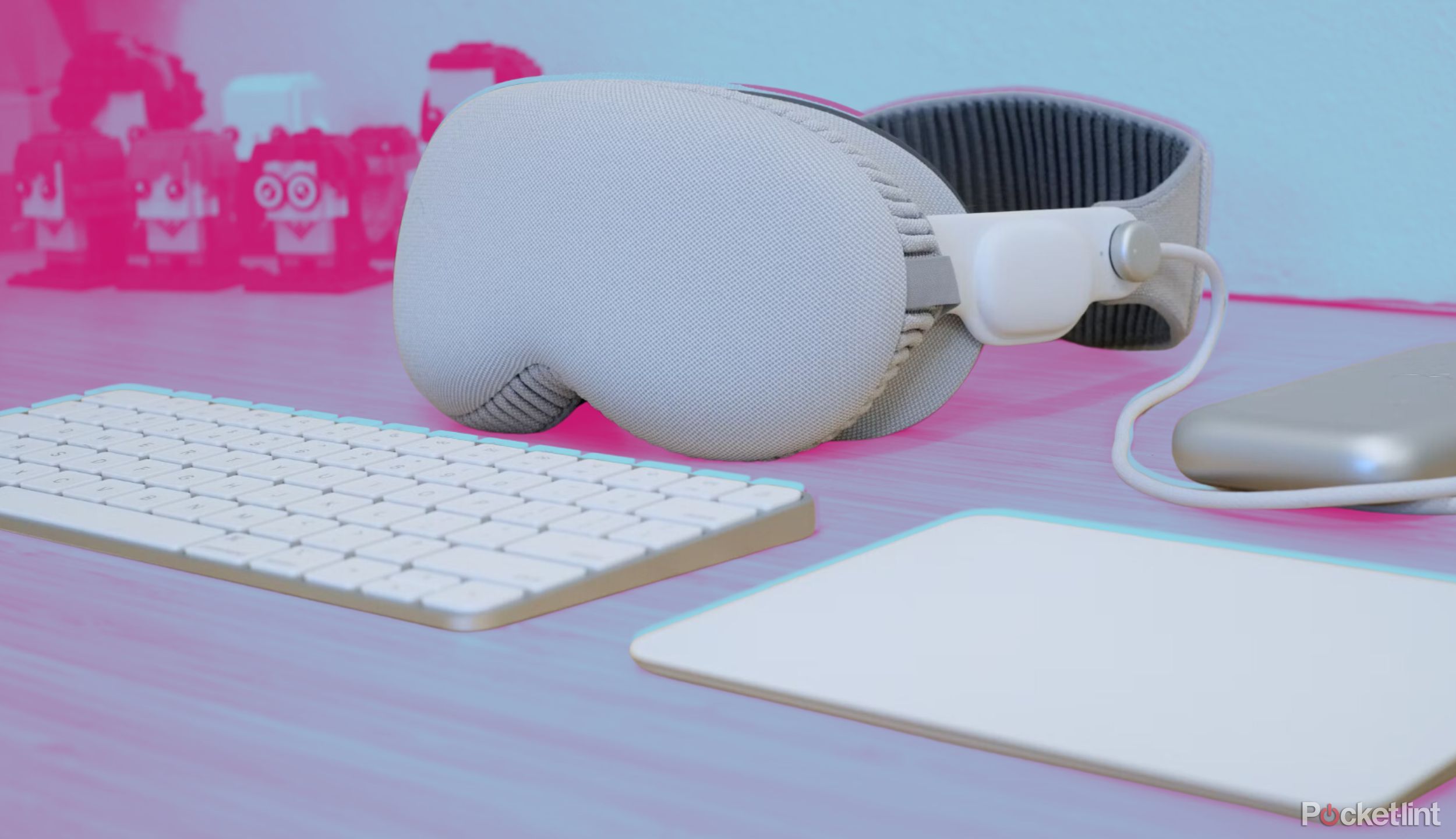
Related
I tried using the Apple Vision Pro all day for work — here’s how it went
Despite what Apple suggests, using the Vision Pro headset for everyday work tasks can be a real struggle. But I’ve found ways to, well, make it work.
The iPad Pro just isn’t worth it in 2024
The iPad Air and iPad mini product lines offer far greater value
As it stands, it’s hard to justify dropping top dollar on an iPad Pro. Apple has backed itself into a corner here — the less expensive iPad Air and iPad mini lines successfully fill the content consumption niche, and Apple Silicon-powered MacBooks fill the workstation-on-the-go niche.
There are several small iPadOS tweaks that need addressing in order for the iPad Pro to transcend beyond simply being a showcase piece.
There are several small iPadOS tweaks that need addressing in order for the iPad Pro to transcend beyond simply being a showcase piece. Most of these are small and yet consequential: multi-user support, improvements to the file manager app, remappable mouse controls, and better audio input/output controls immediately spring to mind.
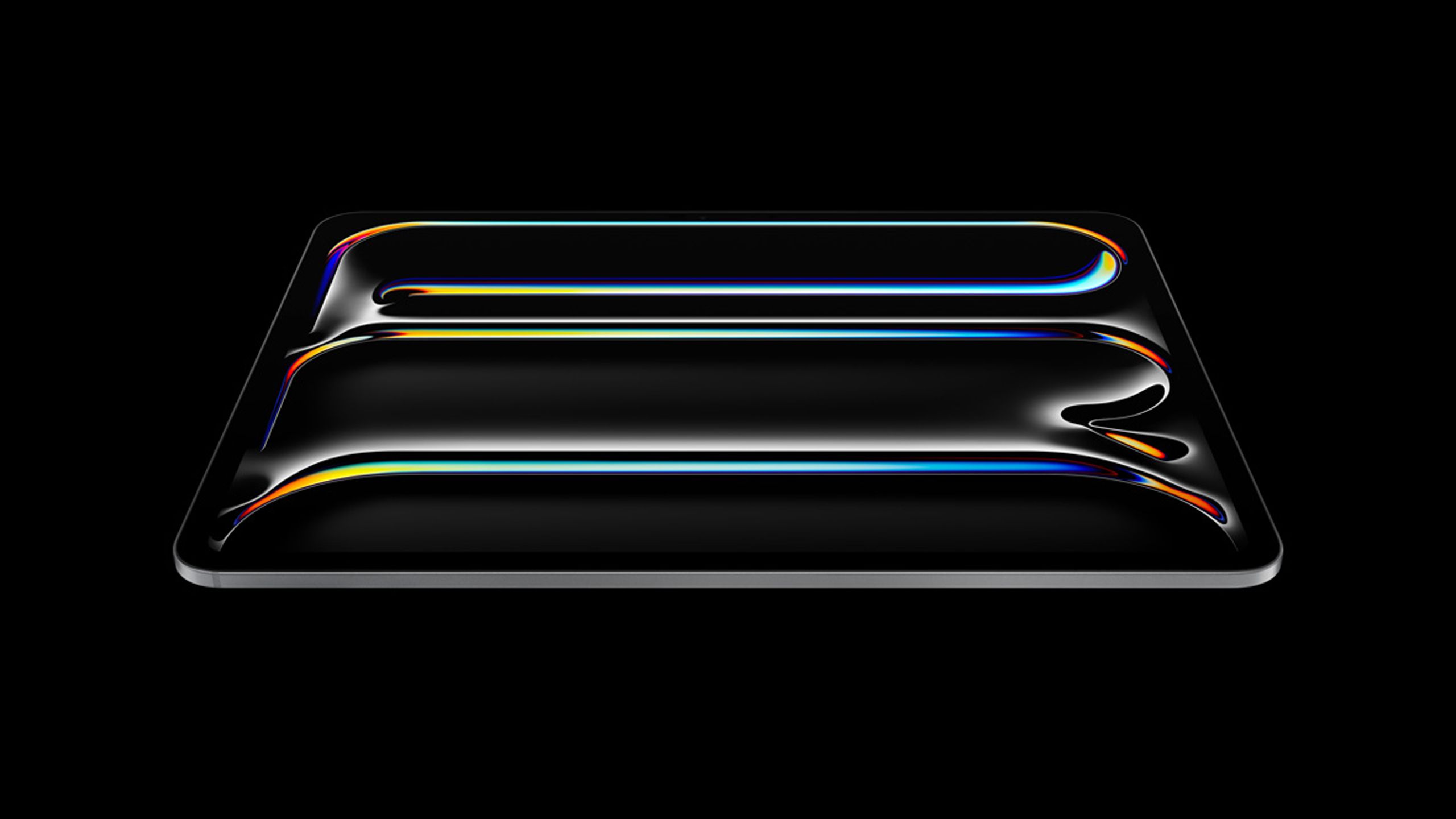
Related
Why iPad Pro with OLED is a massive upgrade
Apple’s ‘Tandem’ OLED tech could offer all the advantages of OLED without any of the downsides.
Apple’s vision for a spatial computing future is still far-off
The Vision Pro headset is too expensive, and too experimental
Braden Newell / Pocket-lint
In the long term, Apple appears to be looking towards a mixed reality future for personal computing. Augmented reality (AR) and virtual reality (VR) are both incredibly promising and rapidly evolving technologies, but they’re still baking in the oven. The company’s own Vision Pro headset is impressive, but far from mainstream.
iPadOS needs to receive some proper attention, in order to get the iPad Pro past the finish line
In the short-to-medium term, tablet-first computing looks to be a viable solution for most consumers. Google certainly thinks so — the search giant has been busy investing in the Android tablet ecosystem in a big way. More and more people are using mobile devices as their primary computing hardware, as opposed to traditional laptops and desktop PCs.
The iPad Pro is an incredible piece of hardware, possibly Apple’s most flexible product category to date. iPadOS needs to receive some proper attention, in order to get it past the finish line and transform the iPad into a truly pro-level tablet computer.
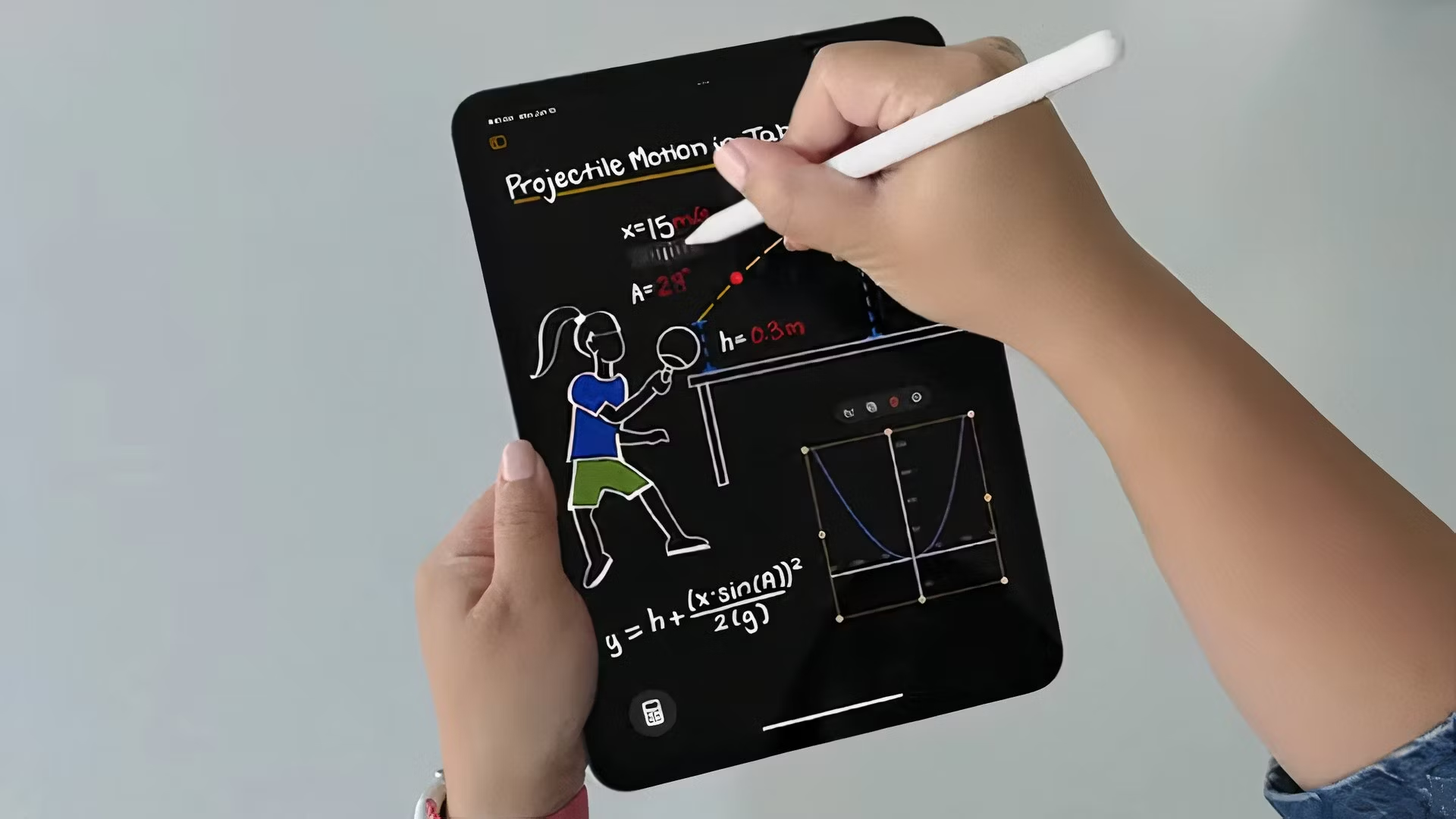
Related
iPadOS 18 means another year, another disappointment for iPad owners
Does Apple actually have an iPad roadmap?
Trending Products

Cooler Master MasterBox Q300L Micro-ATX Tower with Magnetic Design Dust Filter, Transparent Acrylic Side Panel…

ASUS TUF Gaming GT301 ZAKU II Edition ATX mid-Tower Compact case with Tempered Glass Side Panel, Honeycomb Front Panel…

ASUS TUF Gaming GT501 Mid-Tower Computer Case for up to EATX Motherboards with USB 3.0 Front Panel Cases GT501/GRY/WITH…

be quiet! Pure Base 500DX Black, Mid Tower ATX case, ARGB, 3 pre-installed Pure Wings 2, BGW37, tempered glass window

ASUS ROG Strix Helios GX601 White Edition RGB Mid-Tower Computer Case for ATX/EATX Motherboards with tempered glass…


